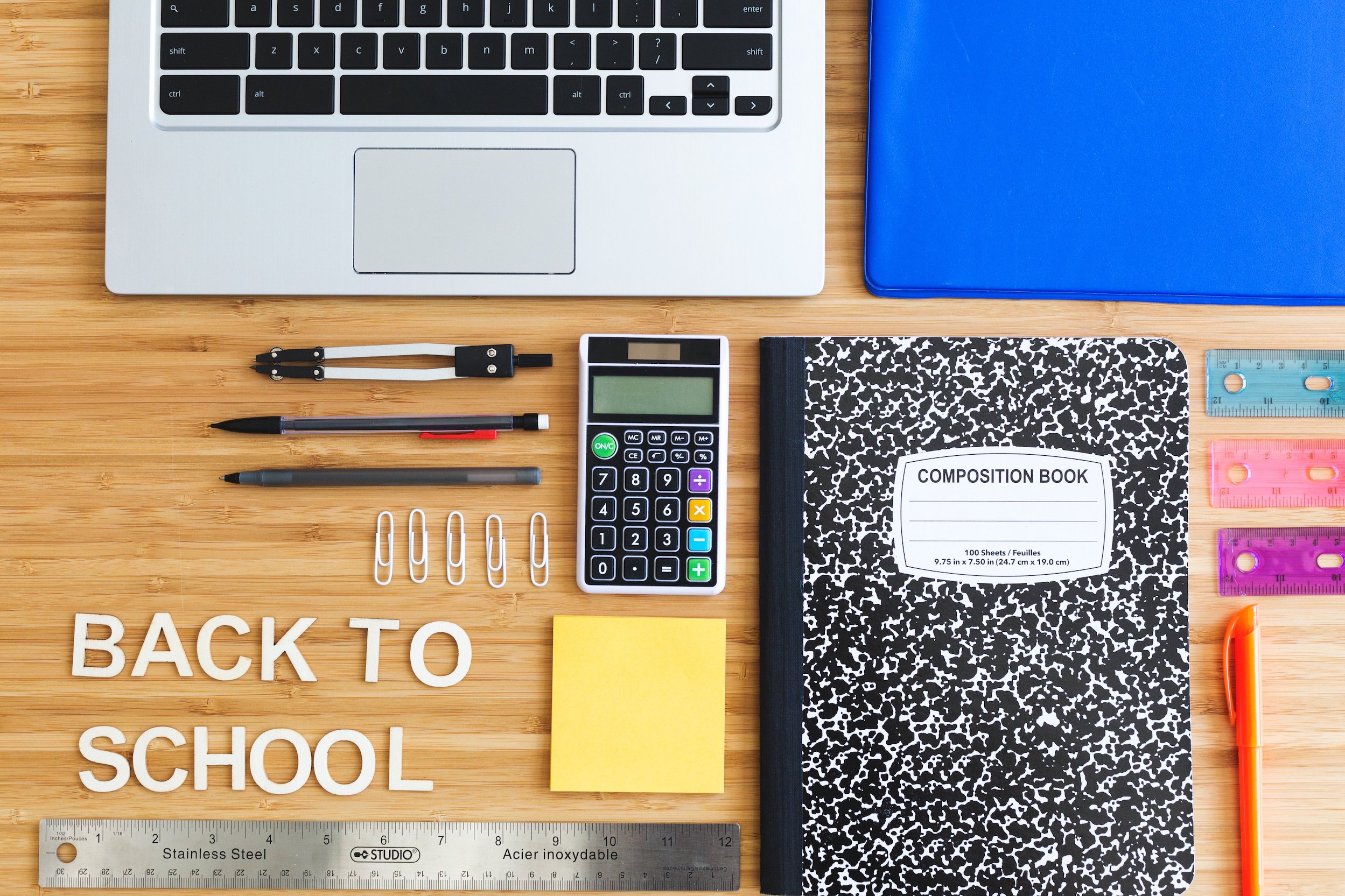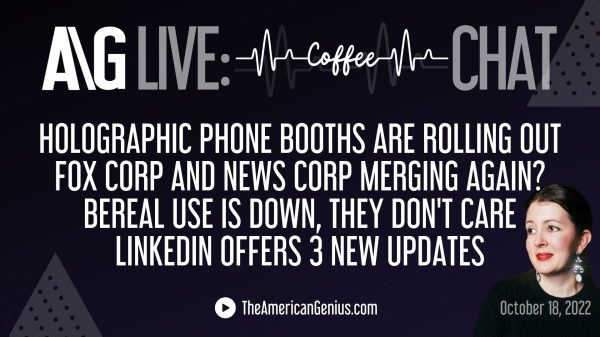For many, the return to school this fall will mean exchanging pencil boxes and notebooks for an internet connection and virtual learning. This is an incredibly demoralizing process for those involved–including back-to-school retailers, who anticipate substantial uncertainty in the coming weeks.
CNBC’s Melissa Repko details some of the trains of thought put forward by retailers who depend on fall sales, and while nothing is for sure, even the most optimistic of estimates looks bleak with clothing giants such as Gap and American Eagle poised to encounter significant hits to stock value as the pandemic drags on.
And, with families paying closer attention to their spending habits, taking stock of what they have rather than what they want, and generally tightening their belts with no end in sight, it seems reasonable to assume that they won’t be purchasing art supplies that they don’t anticipate using for several months.
Repko mentions that “stimulus checks could put money in [spenders’] pockets”, but even this cautiously optimistic assertion comes with an implied shrug and more uncertainty. Families who find themselves coming out on top with the addition of a few thousand dollars might decide to replenish their kids’ school supplies, but it’s just as likely that they’ll put that money away for future hardships.
One detail to which back-to-school retailers are clinging onto is that of clothing needs. The pandemic has hampered many aspects of daily life, but children growing isn’t one of them; retailers are hopeful that families will still find value in buying new clothes for the school year–if for no other reason than necessity.
Similarly enough, some retailers hope that families will opt to buy smaller quantities of pricier items like laptops, tablets, and other virtual learning gear; others may decide to upgrade their existing modems or routers, making the back-to-school rush a comparable–if slightly anticlimactic–experience.
Whatever the end result for retailers, it’s no secret that the coming year will weigh heavily on everyone–retailers, parents, children, and school staff–and with discernible end to the daily positive rates for the virus, each of these members of the chain stand to be affected differently, yet equally as tragically.
Jack Lloyd has a BA in Creative Writing from Forest Grove's Pacific University; he spends his writing days using his degree to pursue semicolons, freelance writing and editing, oxford commas, and enough coffee to kill a bear. His infatuation with rain is matched only by his dry sense of humor.










































